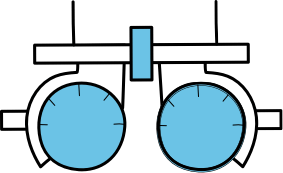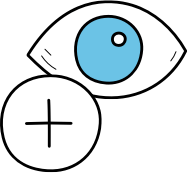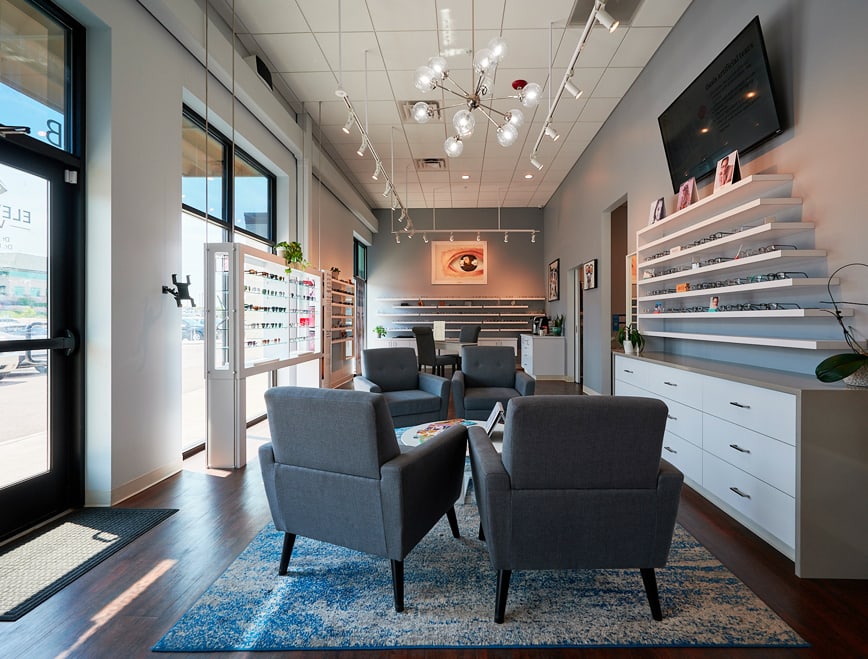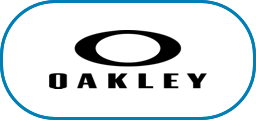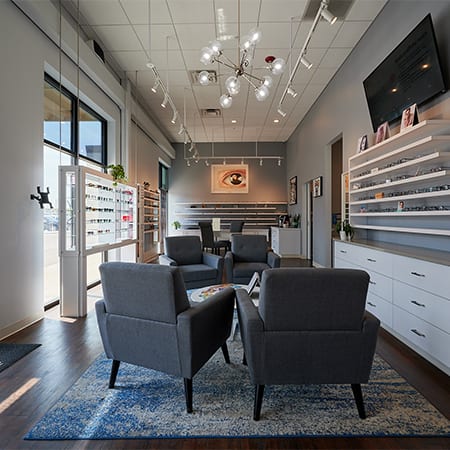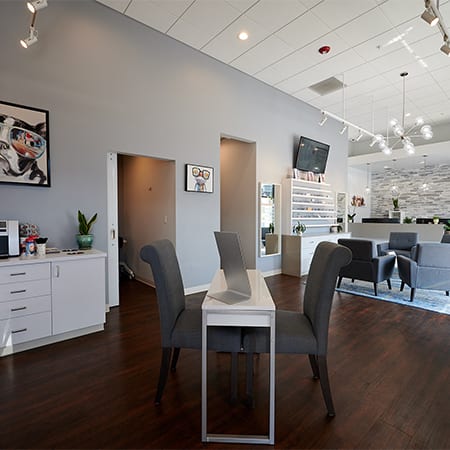What Parents Need to Know About Nearsightedness (Myopia) Prevention for Children
Nearsightedness (Myopia) among children has been rapidly increasing for decades yet the risks and treatment are widely misunderstood by parents and caregivers. Prevention and early detection are two keys to controlling this epidemic impacting children’s vision, development and classroom learning.
What is nearsightedness?
Nearsightedness, also known as myopia, is a vision condition that impacts a child’s ability to see objects at a distance because the shape of the eyeball is too long, or the cornea is too curved. Nearsightedness is not an eye disease, but an imperfection in the eye known as a refractive error. The condition typically begins in childhood and often progresses over time as the child grows. Roughly, 41% of Americans are nearsighted as opposed to 25% in 1971.1 This upward trend exists throughout Colorado and across the world.
Early Detection and Slowing Progression
Doctors of optometry agree that the best way to slow myopia progression and possibly prevent it includes a combination of:
- Consistent comprehensive eye exams for children even without symptoms. Children should have their eyes examined by an eye doctor to get a full look at their eye health at 12 months, 3 years, 5 years of age and then every year for low-risk kids. These regular exams give your child the best chance at early detection and treatment to slow or correct nearsightedness.
- Daily time outdoors has been shown to delay the onset of myopia.
- Minimize screen time as this has been linked to increase in progression.
- If one or both parents are nearsighted their child is at higher risk, making it not possible to prevent, but the progression of the condition can often be slowed with proper detection and treatment.
Symptoms
Below are common symptoms for children experiencing nearsightedness. Keep in mind that many children don’t complain of symptoms and aren’t aware they are having a visual challenge. This makes a comprehensive eye exam key for early detection.
- Blurry vision when trying to focus on distant objects.
- Squinting to read far away text.
- Sitting close to the TV or holding screens, books or objects close to the face.
- Regular headaches.
Risks of Untreated Nearsightedness
It is important for caregivers to understand that children with moderate nearsightedness are at risk for additional serious eye conditions as adults. Such as:
- Glaucoma
- Retinal Detachment
- Macular Degeneration
Treatment
Once nearsightedness begins it cannot be reversed, but it can be slowed. The child’s distance vision should be fully corrected with glasses and/or contacts. Additional treatments to slow progression can include:
Prescribed eye drops
These drops are administered daily to slow progression of myopia.
Corneal Refractive Therapy (CRT)
Used in children and adults, CRT uses contact lenses that are worn only at night to reshape the cornea during sleep. No lenses or minimal correction is worn during the day. It takes about 2 weeks get the full effect and they need to be work every night.
Multifocal contact lenses
These unique contact lenses have different prescriptions in different locations of the lens. Often these are daily disposable contact lenses that children learn quickly to insert and remove.




